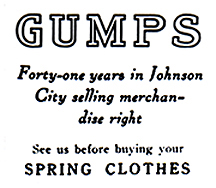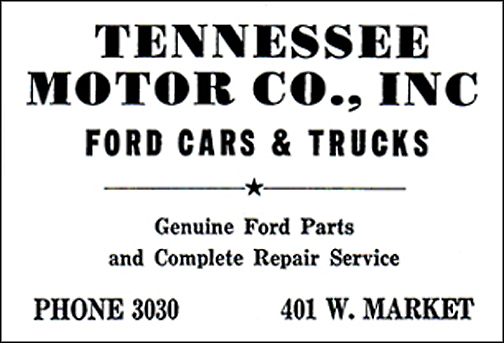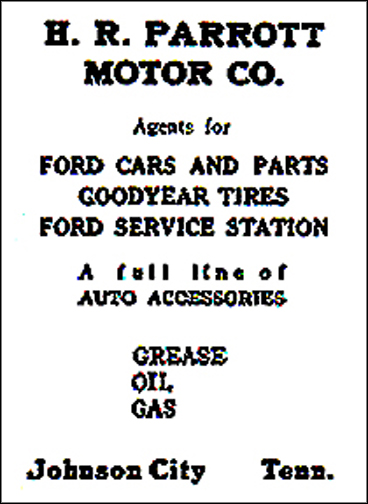East Tennessee has produced a few area residents with a special knack for originality that resulted in clever laborsaving inventions. Some aspiring inventors fostered their unique creations past storms of adversity until they eventually rained profits for them. Others met with overwhelming difficulties causing them and their innovation to drift into obscurity.
As reported by the Johnson City Press-Chronicle in 1969, one successful local resident, Sam Guinn, made his mark on history in the early to mid part of the century. Although Louis V. Aronson (“Ronson”) is credited for designing and patenting the first mechanical lighter in 1910, allegedly the patent for the first flint lighter went to Sam in 1917. Sam’s brother, Tom, and a nephew, Tom Mitchell, once vouched for the claim.
About 1904, the two brothers owned a store in Johnson City that sold tobacco products, soft drinks and fine candies. The two of them, along with four sisters and four other brothers, grew up on a farm in the Sulphur Springs community. Within a few years, they closed their store. Tom went back to farming while Sam moved to Cincinnati and began traveling for Detroit Stove Works. It was during this time that he began working on a design for a flint lighter.
In 1917, Sam secured a patent for his innovation. Initially, he fabricated the lighters in Cincinnati, but at the urging of the Johnson City Chamber of Commerce, he began producing them here. Guinn obtained an elongated brick building on E. Maple Street and established his business, eventually acquiring a workforce of about 20 employees.
All lighters of his design had a handle that when lowered struck a piece of flint and ignited. The inventor crafted three types of brass lighters. The cheapest one was small enough to be carried in a pocket or purse. A mid-sized model satisfied those patrons who wanted a stationary one for their desk, table or stand. It measured 5.25” x 3” wide and weighed 1.9 pounds. A third heavy-duty lighter was larger and designed for use in such public places as hotel lobbies.
A tag on the bottom of the desk model (shown with this column) contains these words: “A Guinco Product, Pats. App. For U.S. and Foreign, S.E. Guinn Mfg. Co., 617 E. Maple Street, Johnson City, Tenn.”
A 1928 City Directory offers more information about the venture: “S.E. Guinn Manufacturing Co.; brass and bronze novelties; S.E. Guinn, pres.; E.J. Wagner, v-pres.; V.B. Guinn, sec.” Sam’s ingenuity was not confined to flint lighters. He also invented a pilot light for gas stoves that was heralded by the public because it could be lighted without matches. By flipping a lever on the cord that was attached to the stove, the stove would be lit.
Tom once displayed a copy of the April 1919 “Popular Science Monthly” that featured the new invention and carried a picture of his brother. He recalled when a company offered to buy Sam’s lighter patent for a staggering $100,000, but he refused the offer.
Several factors led to the demise of the once profitable business in the early 1930s. The Great Depression was starting to hover over the financial horizon. Soon, raw materials became difficult to obtain, substantially slowing production. About this same time, Sam became ill.
The lucrative E. Maple Street business that had been spawned in the late teens soon turned to bankruptcy. The entrepreneur passed away in 1935.






